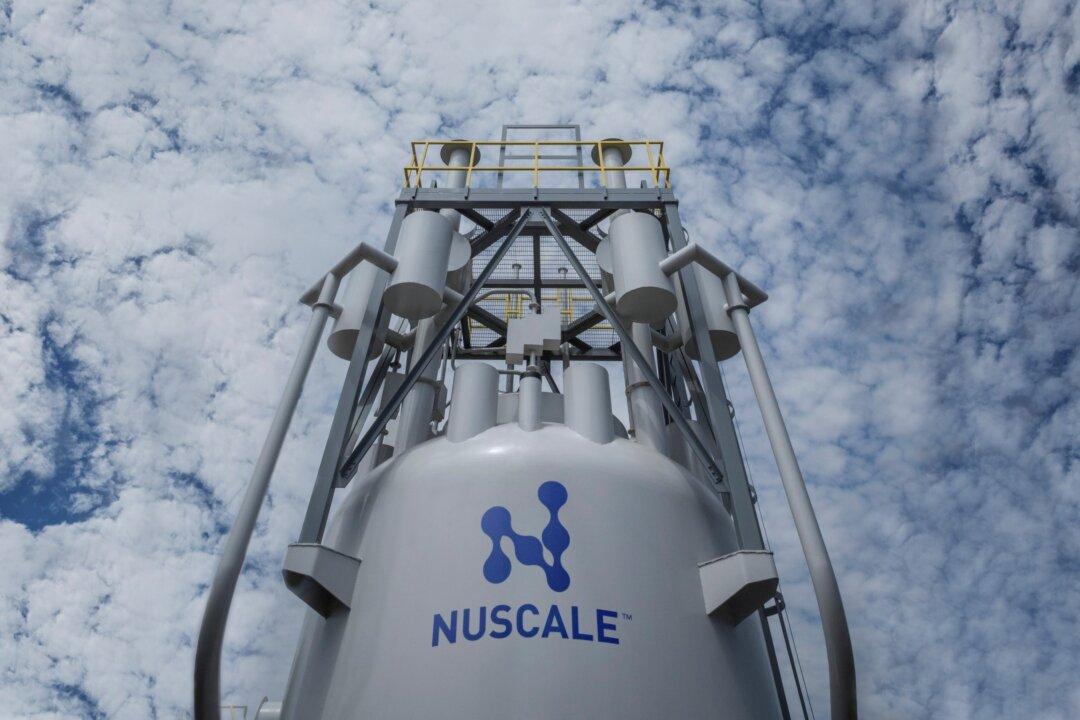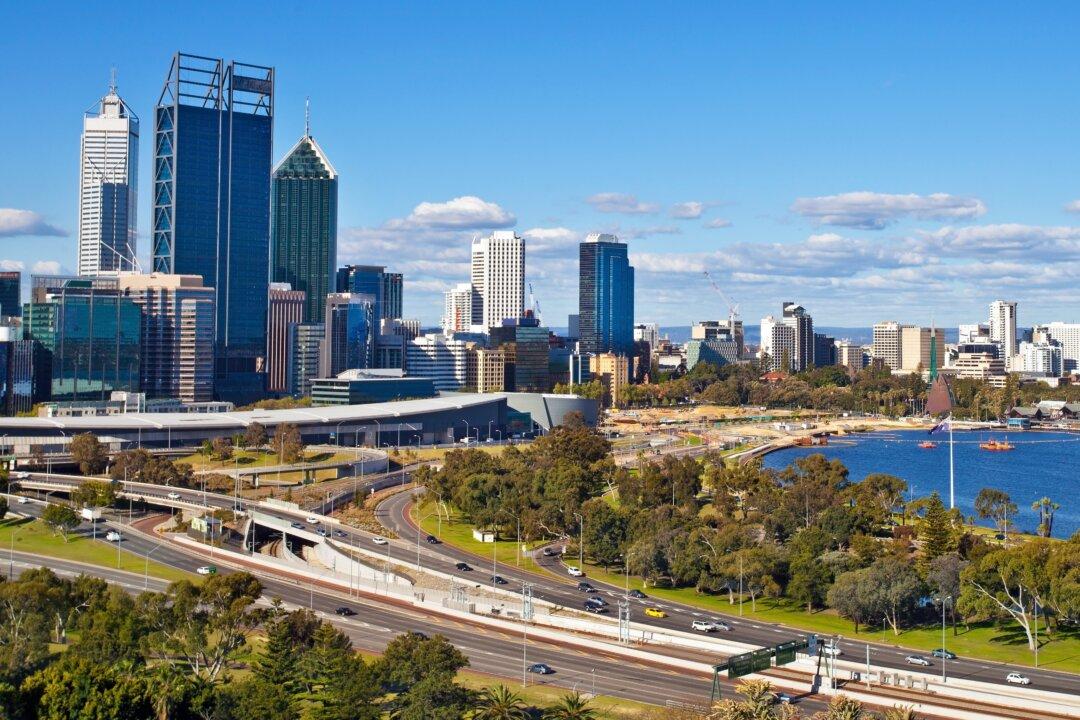A report by the New South Wales (NSW) Commissioner for Productivity has suggested easing restrictions on nuclear energy in a bid to boost the state’s economic prosperity.
The May 31 white paper, titled “Rebooting the Economy,” provided a list of recommendations for the NSW government in improving the productivity growth of Australia’s largest state, which included lifting Australia’s nationwide nuclear energy ban to allow for the use of small-scale nuclear reactors.





